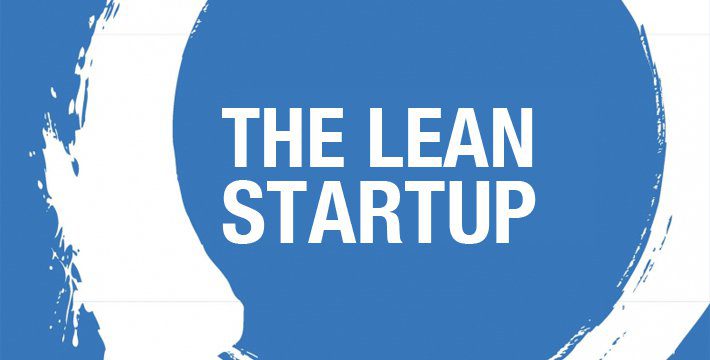
Article
How nen DTx Will Help Kids with Cancer to Manage Pain
I want to do some exploration of customer validation, the second phase of Customer Development. I think it’s an area that there isn’t as much information on as customer discovery. And some of the stuff about customer validation is pretty hazy. So, I thought I would do a few postings on it and see where it goes.
Starting with the end in mind, let’s talk about the exit criteria for customer validation. Steve Blank asks:
Others discuss the exit to customer validation as when you have achieved Product/Market Fit, which means being in a good market with a product that can satisfy that market. Marc Andreessen famously said, “Let’s introduce Rachleff’s Corollary of Startup Success: The only thing that matters is getting to product/market fit.”
Dave McClure suggests getting a 6 or higher on a 1-10 customer satisfaction survey.
Sean Ellis says you have Product/Market fit when 40% of your customers would be disappointed if your product went away.
Ash Maurya poses the Sean Ellis question to 30 paying customers who use the product often.
Brant Cooper and Patrick Vlaskovits say that you have customer validation when you have product-market fit, a business model and a Sales and marketing roadmap.
Confused yet? It is kind of bewildering. I would like to use what Steve said, but take a stab at making it more empirical. I think you have completed customer validation when:
I think once you know those 4 things, you have a scalable business. From there, you can raise capital or know whether you can bootstrap. I think customer satisfaction is critical, but is captured in LTV. The way to increase LTV is to increase customer satisfaction.
Please share what you use as exit criteria for LTV.
Going forward I will share some of my thoughts on how you get to that endpoints in several follow up points.
Related Posts

Article
How nen DTx Will Help Kids with Cancer to Manage Pain

Article
How Industry Experience Shaped Creation of DTx Startup nen

Article
A Conversation with Eric Ries at the Chicago Lean Startup Circle

Article
Faster Feedback Before Development Starts: Feasibility